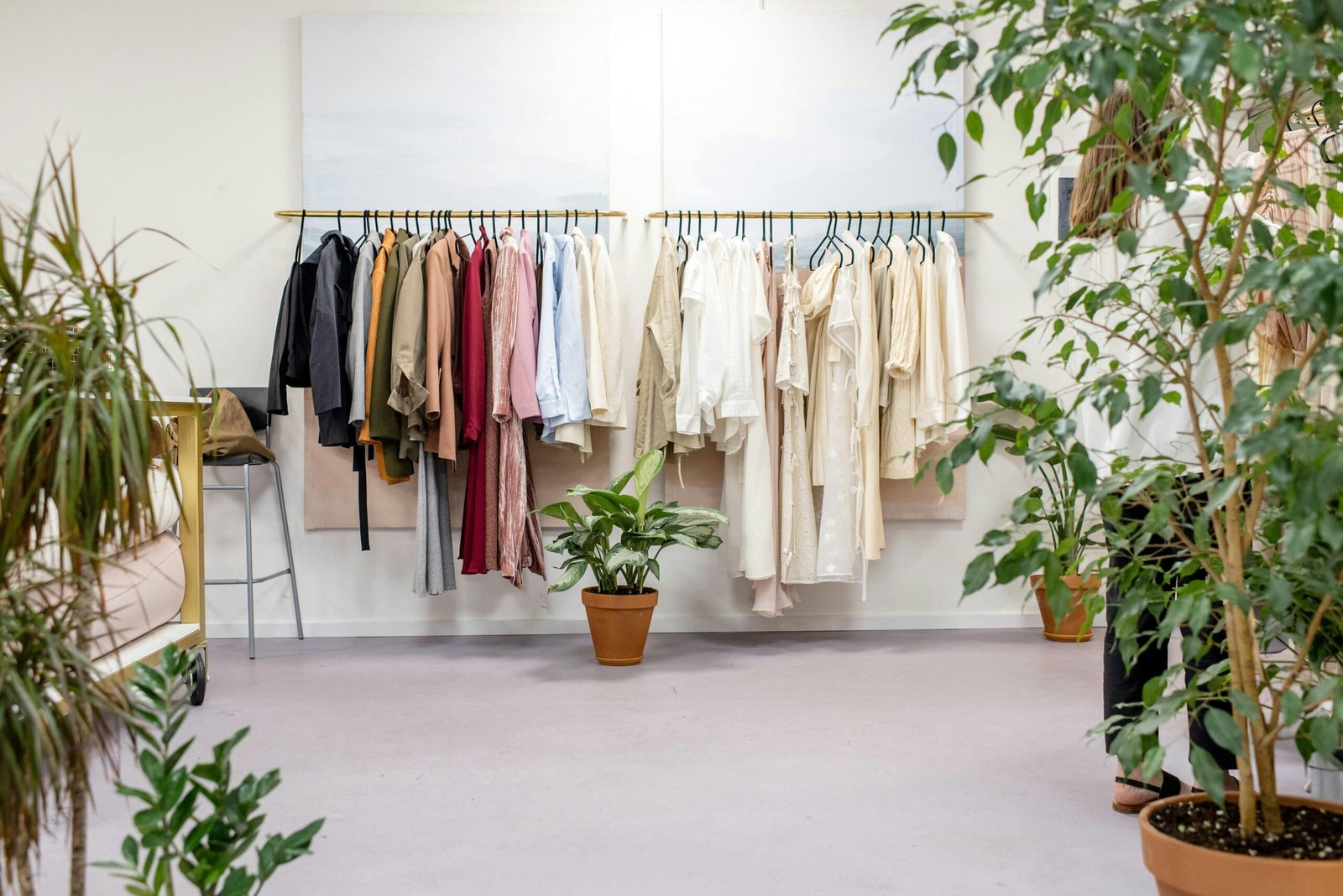Introduction
Sustainable fashion, also referred to as eco-fashion, is a mantra for the modern age in textile production and consumer culture. It’s a concept that promotes the implementation of ecological and socially-conscious processes during the design, manufacturing, and retail stages of a product lifecycle. Today, as consumers become increasingly aware of the fashion industry’s ecological footprint, the call for sustainable fashion turns louder.
The significance of sustainable fashion lies in reshaping our consumer habits and industry practices. It’s a bid to curb reckless consumerism and the ‘throw-away’ culture prevalent in today’s fashion industry. Notably, it challenges the fast-fashion model built on disposable trends and urges a shift towards practices that respect people, the environment, and resources.
Sustainable fashion represents more than just an alternative — it’s the future of the fashion industry. This article will delve into its implications, the impact of fast-fashion, the emergence of eco-friendly clothing, green fashion trends, and the future of sustainable fashion. So let’s, stylishly and sustainably, get started!
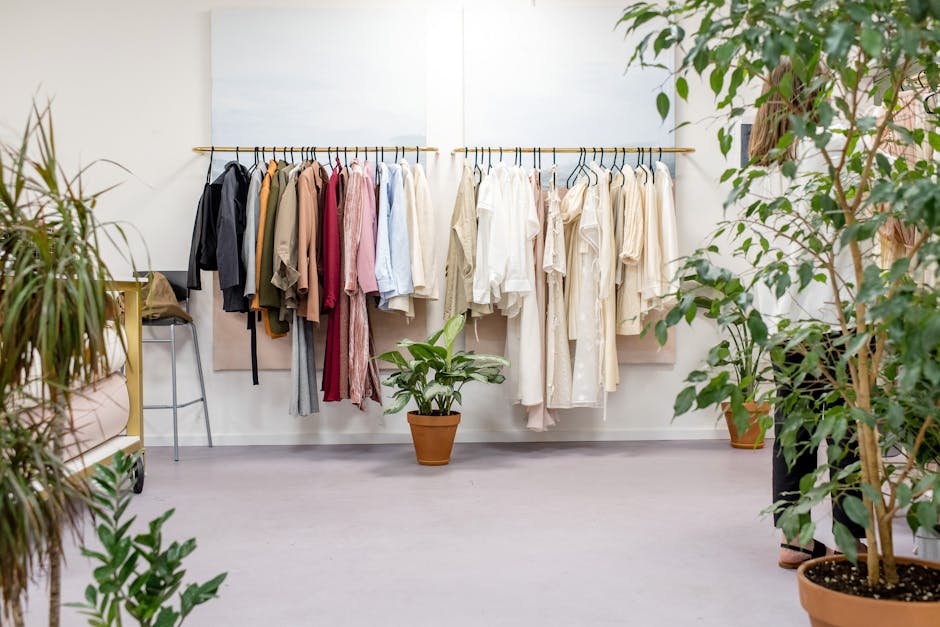
The Impact of Fast-Fashion
As global fashion consumptions rise, so does the impact of fast-fashion on our environment, in ways more significant than most people realize. Fast-fashion, a term coined for cheap, trend-driven garments dumped into the market at unprecedented speed, is a notable environmental offender.
Creating clothes at such an alarmingly rapid pace means the industry is constantly demanding raw materials. This appetite minces earth’s resources with vigor, leaving a trail of deforestation, depletion of non-renewable resources, and harm to the ‘biodiversity hotspots’ of our planet. Add to this the chemical dyes, bleaching agents, and other toxic materials used during production, and we have an issue that’s not only detrimental but deadly.
Yet, it doesn’t stop at production. These garments, laden with non-biodegradable fibers like polyester, often end up clogging our landfills at the end of their short-lived tenure. According to the United Nations Economic Commission for Europe (UNECE), one garbage truck of textiles is wasted every second.
Prominent examples of the effects of this waste and pollution are seen in regions like Savar, Bangladesh. The city is majorly populated by textile and clothing factories. Here, untreated toxic waste from these factories contaminates local water bodies, creating health disasters. Another case in point is China, where fashion production leads to 10% of its total carbon emissions and more than 20% of its water pollution annually.
In essence, fast-fashion is fast-tracking us to an ecological crisis, making it more imperative than ever to switch gears towards more sustainable paths. Without an understanding of its casual destruction, we’re one step behind in protecting our environment. But remember, enlightening one’s self is the foremost step towards concocting a solution, and solutions in this case, are undeniably ‘sustainable fashion’.
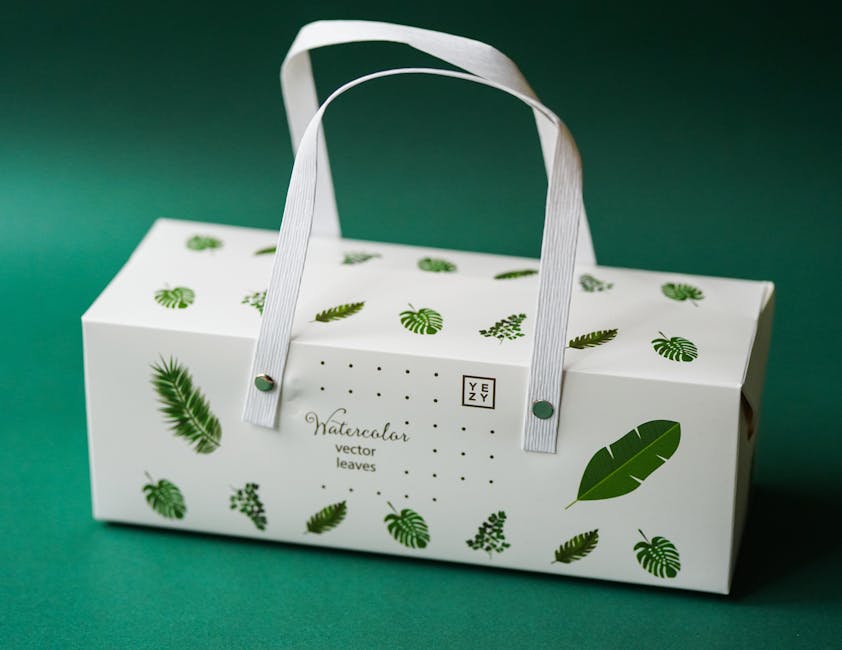
Understanding Sustainable Fashion
Understanding sustainable fashion involves much more than swapping out threads. It is an all-encompassing strategy that takes into account the entire lifecycle of a garment – from design, production, and retail, right through to disposal or recycling. The approach prioritizes the longevity of garments, supporting ethically-operated, environmentally-friendly suppliers, and harnessing innovative, low-impact production techniques.
Central to the sustainable fashion ethos is the idea of ‘slow fashion’. This concept takes a turn from our fast-food, quick-click culture and encourages a more considered and conscious approach. Slow fashion advocates for quality over quantity – recognizing that well-crafted, durable items can serve us better and longer than a ceaseless churn of disposable gear.
While it might take time to adapt to this less-is-more methodology, the advantages are manifold. Not only does it help mitigate fashion’s environmental impact, but it also allows us to cherish and take care of the clothes we wear.
So, the next time you stand in front of your closet deciding what to wear, perhaps consider that the most stylish choice could also be the most sustainable one. Slow fashion isn’t necessarily about changing our external look; it’s about transforming our mindset. It’s about seeing the value in each piece, and understanding that style and sustainability don’t have to be mutually exclusive.

Understanding Eco-Friendly Clothing
Emerging from the shift from fast fashion to sustainable fashion, comes another pivotal transition: the transformation from conventional to eco-friendly clothing. It’s important to define eco-friendly clothing and delve into what it entails.
What is Eco-Friendly Clothing?
Eco-friendly clothing focuses on fabrics and production methods that have a minimal negative impact on the environment. This scrutiny does not only focus on what clothes are made of but also how they’re made. Every step of the process — cultivation, harvesting, processing, dying, and weaving — is assessed and optimized to lessen environmental harm. Restrictions are placed on chemical use, and energy consumption is carefully considered.
Fabrics for Eco-Friendly Clothing
Fabrics are a key factor in the eco-friendly clothing sector. The most commonly used materials include:
- Organic Cotton: Unlike conventional cotton, organic cotton is grown without synthetic fertilizers and pesticides, protecting both the health of the soil and the wellbeing of farmers.
- Hemp: This plant requires minimal water to grow and provides an impressive yield per acre.
- Bamboo: Bamboo is favored for its rapid and abundant growth without the need for pesticides.
- Recycled Polyester (rPET): rPET provides a second life for used plastic bottles, saving them from ending up in landfills.
Benefits of Choosing Eco-Friendly Clothing
Choosing eco-friendly clothing comes with numerous benefits, including:
- Reduced Environmental Degradation: The use of fewer pesticides and synthetic fertilizers allows ecosystems to thrive. Fewer harmful chemicals in clothing result in less pollution, and reduced energy consumption slows global warming.
By choosing eco-friendly clothing, consumers demonstrate an awareness of the high resource demands of clothing production. It sends a signal about the importance of prioritizing people and the planet over profit, and highlights that style can be sustainable. In essence, choosing eco-friendly clothing is more than just selecting a garment; it’s about choosing a commitment to the kind of world we want to live in.
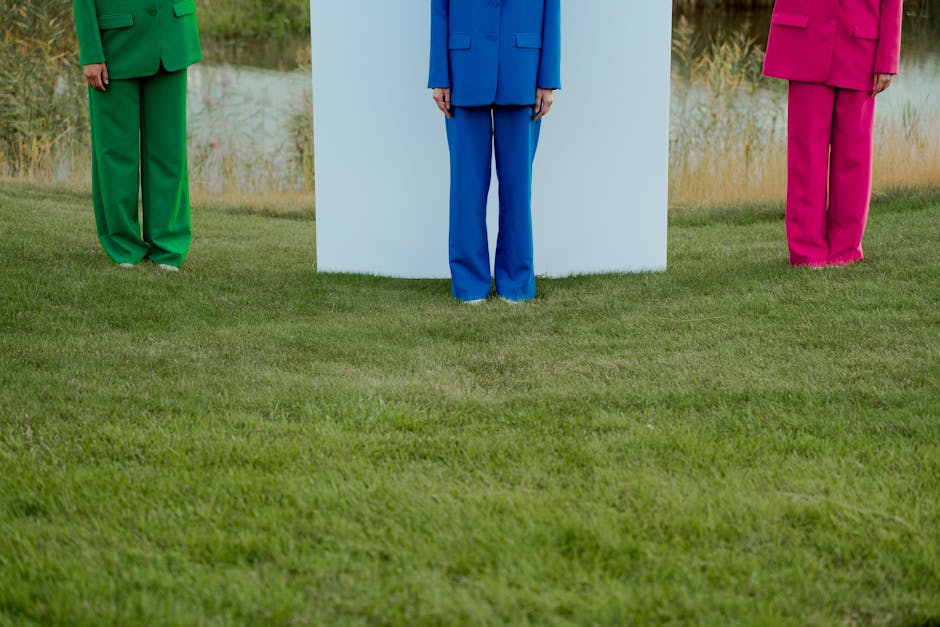
Green Fashion Trends
Green fashion trends aim to provide viable alternatives to environmentally detrimental fast-fashion methods. Let’s explore these trends.
Sustainable Materials in Fashion
The first major shift involves increased use of recycled and organic materials.
- Brands are now creating collections from recycled plastic, organic cotton, or even food waste.
- Recent studies show a significant surge in the popularity of recycled or organic clothing amongst consumers.
- Beyond casual daily wear, sustainable materials are also used in active wear, winter gear, accessories, and luxury fashion.
Zero Waste Fashion
The concept of “zero waste” fashion has gained emphasis.
- This design philosophy values complete utilization of material – creating clothing patterns that result in no scrap fabric.
- It presents a creative and efficient way for designers to reduce waste.
Thrift Shopping and Vintage Clothing
Thrift shopping and vintage clothing have made a comeback.
- This trend reduces demand for new clothing production and revives the charm of yesteryears’ fashion.
Role of Influencers
Influential figures play a significant role in promoting green fashion trends.
- Individuals like Emma Watson, Meghan Markle, and Stella McCartney have endorsed sustainable fashion.
- They inspire their followers to make conscious fashion decisions, proving fashion can be stylish, trendy, and eco-friendly.
Conclusion
Green fashion trends demonstrate that style and sustainability can coexist.
- They encourage consumers to rethink their buying habits and make ethical choices.
- Remember, each purchase of sustainable clothing is a vote for the environment.
In your next shopping trip, consider making a green fashion statement.
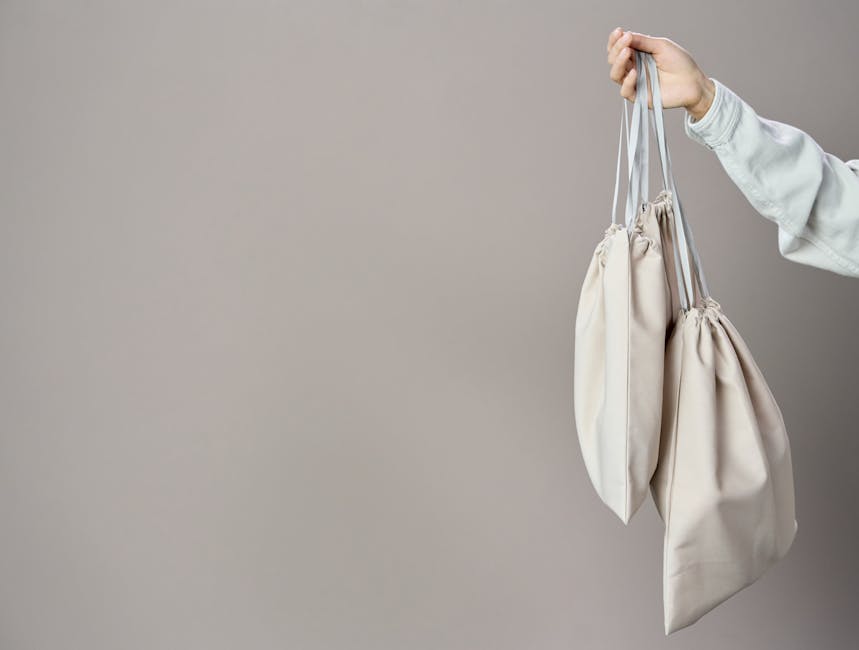
Ethical Fashion Brands
In the vast universe of fashion, different brands carry varying values and ideals. When we talk about ethical fashion brands, we essentially refer to the companies that prioritize not just the aesthetic appeal of their products, but also their impact on the environment, the well-being of their workers, and overall sustainability.
In a stark contrast to fast-fashion giants, these brands ensure that their production processes don’t contribute to worker exploitation, environmental destruction, or colossal waste generation. They often use eco-friendly materials, fair-trade practices, and ensure reasonable working conditions. It’s not merely about fashion – it’s about a holistic vision of what a brand represents and invests in.
Let’s introduce a few ethical fashion leaders that are blazing a trail in this arena.
Firstly, there’s Patagonia, the outdoor clothing company, which has long set the bar high in ethical fashion. They’re transparent about their manufacturing process and actively invest in ecological restoration through various initiatives.
Another brand to consider is Everlane, which embodies the ethos of radical transparency. They breakdown the cost of each item, showcasing everyone involved in the production line, thus educating consumers about where their money goes.
Similarly, ABLE, a lifestyle brand, champions wage transparency and female empowerment, primarily employing and supporting women who have experienced hardship.
Lastly, we cannot overlook Stella McCartney, the fashion designer famously known for her commitment to producing luxury and stylish clothing sans the use of leather and fur. She’s undoubtedly setting a high standard in high-end, conscious fashion.
These brands and many others like them are effectively challenging the current paradigm of fashion. They demonstrate how businesses can be both stylish and sustainable, all while fostering positive change. It’s not just about being ‘in vogue’; it’s about owning clothes that you know are created with care, respect, and a sense of responsibility for a brighter, cleaner future.

Creating a Sustainable Wardrobe: Tips and Guidelines
Transitioning from the fast fashion cycle towards a more sustainable wardrobe can be a bit challenging. Here are a few practical suggestions to help you make the transition smoother.
Be a Conscientious Shopper
Before making a purchase, it is important that you:
-
Check clothing tags: Inspect the material of the garment. Avoid synthetic materials like polyester and nylon as they’re harmful to the environment due to their petroleum origin and slow degradation. Opt instead for natural and organic fabrics like cotton, linen, hemp, silk, or wool.
-
Consider the manufacturing process: Items that are fair-trade and ethically made might cost more, but they ensure fair wages and working conditions for those who make them.
Prioritize Quality Over Quantity
Make a habit of investing in substantial, well-made pieces that will last for years, rather than cheap, trendy items that lose their appeal after a few wears. Opting for timeless styles not only benefits the environment, but also your budget in the long run.
Care for Existing Clothes
Learn to love and care for the clothing you already have:
- Handle stains immediately
- Follow washing guidelines
- Learn basic repairs like replacing buttons or mending tears
With a little care, you can significantly extend your clothing’s lifespan.
Practice Reusing and Recycling
Rather than discarding unwanted clothing, consider these alternatives:
- Donating them
- Selling them
- Swapping with friends
- Repurposing them into something new
You will be surprised by the creative ways you can breathe new life into old clothes.
Creating a sustainable wardrobe is not an all-or-nothing endeavor. Even small changes can make a big difference. Take it one step at a time and remember that every conscious choice you make brings us closer to a more sustainable future in fashion.
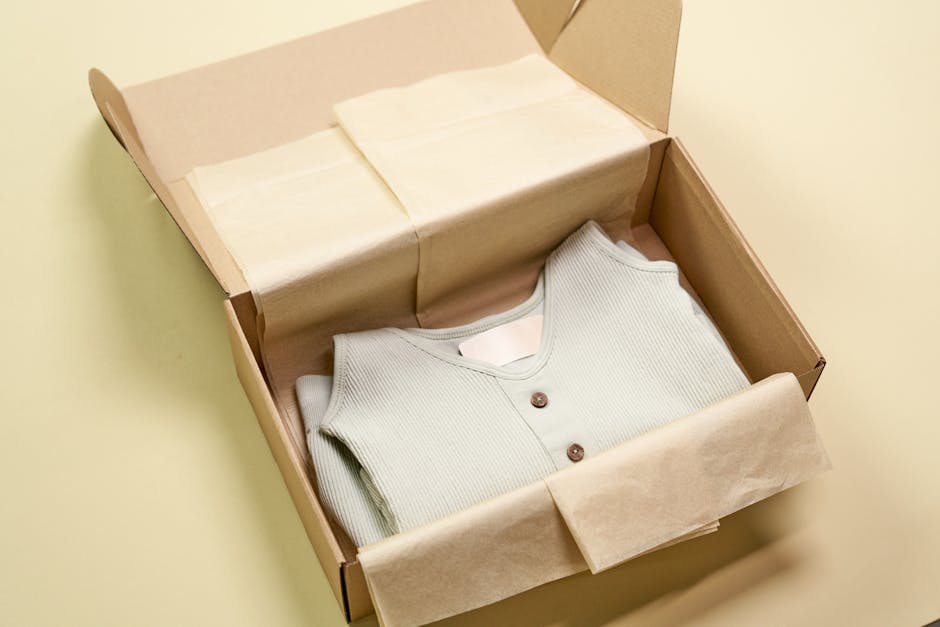
Benefits of Sustainable Fashion
Sustainable fashion is more than a passing wave. It’s a lifestyle choice that has far-reaching benefits beyond standing up for the environment. As users of the planet, the first and most significant benefit we reap is the preservation of our eco-system. By choosing sustainable fashion, we consciously aim to reduce the carbon footprint of our wardrobe, limit our water usage, and contribute less waste to our planet – all critical steps in safeguarding our environment.
However, the rewards of sustainable fashion are not just ecological but come with economic and personal benefits too. Investing in high-quality, durable, and responsibly produced clothing often means spending less in the long run. Fast fashion, while cheaper upfront, tends to wear out quickly, prompting more purchases down the line. Moreover, sustainable clothing often involves timeless designs rather than fleeting trends which allows for extended use over multiple seasons.
On a personal note, wearing sustainably produced clothing can elevate our sense of well-being. The knowledge of donning something crafted ethically, without exploiting workers or the environment, promotes a sense of satisfaction and care towards the global community. It carries an assurance that no individual was underpaid or worked in perilous conditions for our dressing pleasure.
Lastly, endorsing sustainable fashion has societal implications. It helps support companies that are taking a stand against overconsumption, waste, and unethical labor practices. When we choose to buy from them, we are aiding these trailblazers in their fight for a more equitable fashion industry.
So, the next time you shop, remember that sustainable fashion is not an extravagant choice, but an investment. An investment in our future, personal satisfaction, and an ethical society.

The Future of Sustainable Fashion
As we cast our gaze towards the future, the sustainable fashion industry appears primed for growth and expansion. There’s a solid anticipation that sustainability will dominate the global fashion landscape as consumers become more eco-conscious and demand for ethical clothing grows. This isn’t merely wishful thinking; it’s backed by industry trends. The global sustainable fashion market is expected to reach USD 54.25 billion by 2027, a clear indicator of its potential boom.
Yet, this expansion will not be without innovations making sustainable fashion not just an option, but a trendy and appealing choice. For instance, we’re witnessing increasing use of plant-based textiles like hemp and nettle, which not only reduce environmental harm but also add unique aesthetics to attire. Lab-grown textiles are another groundbreaking area; take ‘spider silk’ produced by Bolt Threads, which replicates the incredible strength of spider web thread using synthetic biology.
Moreover, technology will play a key role in unlocking the future of sustainable fashion. The use of AI in optimizing fashion design to minimize waste or the involvement of blockchain in verifying the sustainability credentials of outfits are examples that glimpse into what’s ahead.
The rise of the ‘circular fashion’ concept also suggests a future where every clothing item is reused or recycled, rather than ending up in a landfill. This model transforms waste into a resource, creating a loop that significantly reduces the environmental footprint of our wardrobe.
Even with these developments, it’s crucial to remember that the quest for sustainability is not about fleeting trends. It’s a necessary evolution, a responsibility that both industry and consumers must shoulder. As much as we’re fascinated by innovations and forecasts, let’s not forget the ultimate goal: a fashion industry that respects the environment and values people over profit.
Indeed, the future of sustainable fashion extends beyond quantitative growth. It signifies a qualitative shift — a paradigm transformation towards more conscious, eco-friendly, and ethical sartorial decisions. Will the journey be easy? Perhaps not. But it’s a journey we must undertake. For the sake of our planet, and for the welfare of the generations yet unborn, the transition to sustainable fashion is an imperative we cannot afford to ignore.

Conclusion
In retrospect, the realm of sustainable fashion deserves our utmost attention and commitment. Embracing sustainable fashion means aligning with an ideology that seeks to harmonize our fashion choices with the environment, economy, and society at large. By transitioning towards an eco-friendly wardrobe, we don’t merely don items that please our aesthetic senses; we also actively contribute to a cause that transcends us.
Embarking on this journey isn’t just about being fashionable; it’s about being conscious and responsible. Collectively, we as consumers have the power to create a significant shift in the fashion industry. By opting for sustainable labels, judiciously scrutinizing product labels, considering the materials and production process, and reusing, recycling, or repairing our clothes instead of impulsively discarding them, we step towards a better future.
The fashion industry, in its essence, is transformative and dynamic, and the sector’s shift towards sustainability epitomizes this. By supporting ethical brands that weave sustainability into their very fabric, we’re not just endorsing fashion; we’re advocating for fashion with a conscience.
Overall, the ball of change is in our court. It’s up to us to decide the legacy we want to leave and the world we want to shape for tomorrow. Let’s make our fashion choices count, for they echo beyond our wardrobes and reverberate in the wider world. Sustainable fashion is more than just a trend; it’s a way of living, an essential, inevitable part of our future. So, sweat the small stuff – every small, conscious choice you make is a step towards a more sustainable, ethical, and compassionate world. Remember, change begins at home – so why not start in your wardrobe?
